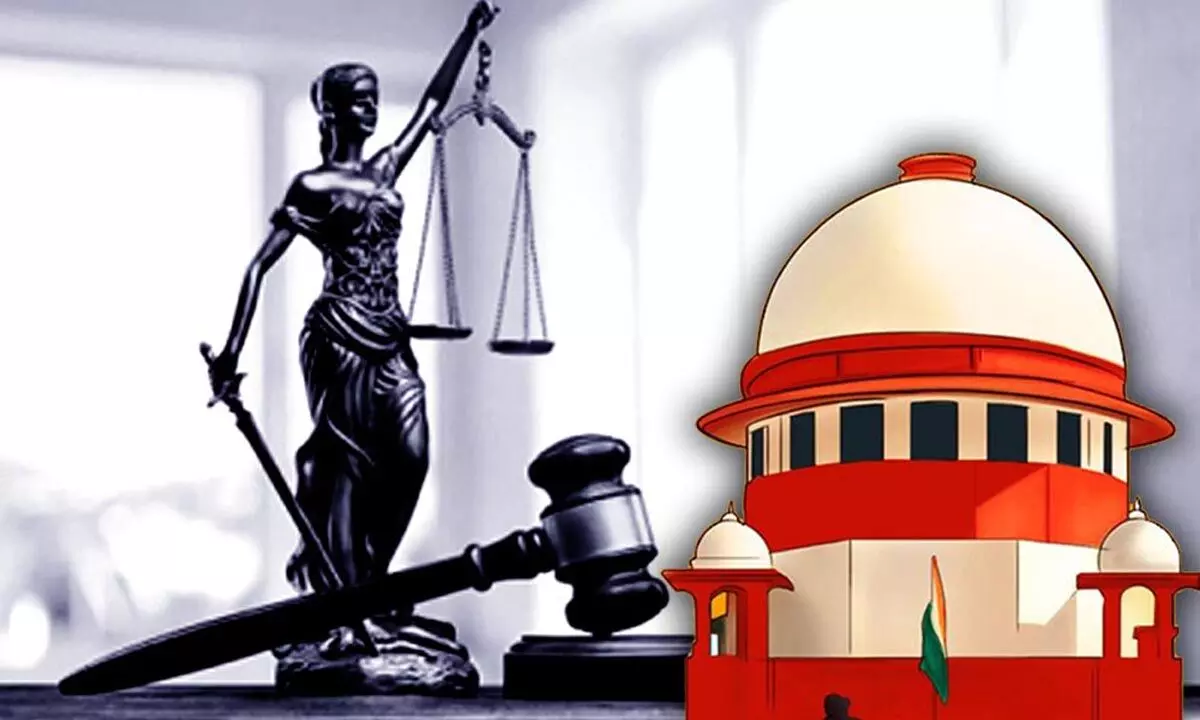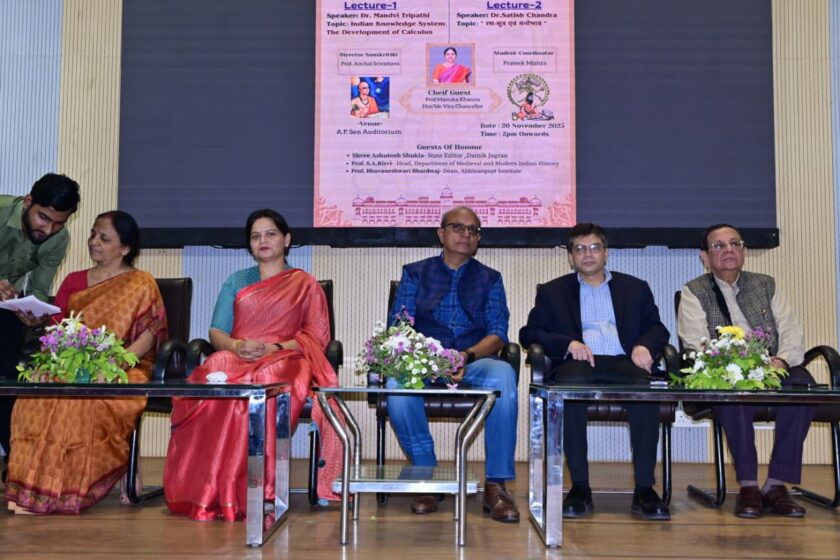New Delhi: When the Supreme Court recently clarified that corporations qualify as “victims” under the proviso to Section 372 of the Code of Criminal Procedure (presently section 413 of the Bharatiya Nagarik Suraksha Sanhita,2023), newspapers rushed to hail a new era of corporate victimhood. Editorials and explainers framed the judgment as a landmark moment in which the Court “recognised” that companies, like individuals, may suffer criminal harm and thus enjoy the right to appeal against acquittals or inadequate sentences. While this framing captures the judgment’s surface appeal, it risks misunderstanding both the legal history and the real significance of the ruling. To fully grasp what the Court has done, one must evaluate the decision against the backdrop of the statutory law, conflicting High Court interpretations, and broader debates about what “victimhood” means when applied to corporations.
At the outset it should be clarified that Indian law has long treated corporations as legal persons. Section 11 of the Indian Penal Code, the General Clauses Act, and the CrPC itself recognise companies as “persons” for legal proceedings. However, the procedure under section 372 and 378(4) of the CrPC that governed the appeal process for victims was interpreted by High Courts differently.
Conflicting High Court Approaches
The case reached the Supreme Court because High Courts had taken divergent approaches.
- In Bhajanpura Cooperative Urban T&C Society Ltd. v. State (NCT of Delhi)(2014), the Delhi High Court denied a cooperative society’s right to appeal under Section 372, holding that such cases must proceed under Section 378.
- In M/s Tata Steel Ltd. v. M/s Atma Tube Products Ltd. (2013), the Punjab & Haryana High Court reached a similar conclusion, reasoning that the proviso to Section 372 did not grant a “parallel right of appeal.”
- The Rajasthan High Court in Asian Paints Ltd. v. State of Rajasthan (2012) also held that corporations could not appeal directly under Section 372.
On the other hand, courts like the Andhra Pradesh High Court (Smt. P. Vijaya Laxmi v. S.P. Sravana, 2017), Gujarat High Court (Jivrajbhai Rabari v. State of Gujarat, 2019), and Kerala High Court (T.A. Noushad v. State of Kerala,2024 ) adopted a broader interpretation, holding that Section 372 created a substantive, independent right for victims, regardless of whether they were complainants.
The Supreme Court’s intervention was thus essential to harmonise these conflicting views.
The Evolution of the Victim’s Right to Appeal
Traditionally, acquittals could be challenged only by the State through Section 378 CrPC (presently Section 419 of the Bharatiya Nagarik Suraksha Sanhita,2023), while private complainants faced steep hurdles—they could appeal only after securing special leave from the High Court. This changed with the amendment in 2009 introducing the proviso to Section 372, which granted victims a direct right of appeal without the leave requirement.
This raised a fundamental question: was this new right truly independent, or did it remain subject to the older Section 378 framework? Several High Courts took a restrictive view, insisting that complainants—including corporate ones—must still seek leave under Section 378. This left companies with weaker remedies such as revision petitions, which could not overturn acquittals.
In Asian Paints Ltd. v. Ram Babu & Anr., the Supreme Court resolved this uncertainty. It confirmed that a company can be a victim since it may suffer financial and reputational harm, and that the right of appeal under Section 372 is independent and does not require leave. This was the judgment’s true doctrinal significance.
The Complainant–Victim Distinction
A critical but often overlooked feature of the case was the distinction between the complainant and the victim. In Asian Paints, the complaint was filed by an authorised third party rather than the company itself. The question, therefore, was whether Asian Paints—though not the complainant—could claim victim status.
The Court clarified that the right to appeal belongs to the victim, defined by harm suffered, not by procedural status. A complainant initiates proceedings, but a victim is the party harmed. This distinction is particularly relevant for corporations, which often act through employees, legal representatives, or agents. The ruling ensures that such entities are not procedurally barred from appeal simply because they did not file the initial complaint.
To reinforce this point, the Court drew on Jagjeet Singh v. Ashish Mishra and Mallikarjun Kodagali v. State of Karnataka, which established that victims and complainants are distinct and that victims’ rights are substantive and independent.

Comparative Perspectives on Corporate Victimhood
In the United States, corporate victimhood is explicitly defined under the Crime Victims’ Rights Act (CVRA) of 2004, which places companies on par with individuals. The Act grants enforceable rights such as timely information about proceedings, consultation with prosecutors, and most importantly, full and prompt restitution. U.S. courts apply these provisions robustly in economic crime cases, ensuring that corporations are not only compensated but also meaningfully participate in the criminal justice process.
The United Kingdom takes a narrower approach. Recognition of corporations as victims is built into sentencing laws, particularly the Powers of Criminal Courts (Sentencing) Act 2000, which empowers courts to order compensation for corporate losses. Additionally, the victim surcharge system ensures that even corporate-related penalties contribute to broader victim support services. However, unlike the U.S., the U.K. framework is geared towards financial redress rather than participatory rights in prosecution.
India’s trajectory has been evolutionary and judicially shaped. Historically, corporate fraud cases depended heavily on State-led prosecution, with limited avenues for direct corporate participation. The 2009 amendment to Section 372 CrPC introduced an independent right of appeal for “victims,” but its scope was contested until the Supreme Court in Asian Paints Ltd. v. Ram Babu & Anr. clarified that juristic persons too enjoy this right. While this aligns India more closely with global practice, it remains distinct in lacking a dedicated statutory charter like the CVRA, relying instead on judicial interpretation to expand victim rights.
Victimhood, Power, and A Caution!
The recognition of corporations as victims in the procedural sense invites us to revisit an older sociological debate. Nils Christie’s (sociologist and criminologist) idea of the “ideal victim” emphasised individuals who are weak, blameless, and vulnerable—such as children, the elderly, or those harmed by strangers. Corporations, by contrast, are powerful actors with vast resources, internal hierarchies, and the ability to inflict harm on others. They rarely fit this “ideal” mould.
Matt Hopkins, in Business, Victimisation and Victimology (2016), builds on this critique and asks whether it is even appropriate to frame corporations within victimology. He points out several dangers:
- Visibility and measurability of harm: Corporate harms—like fraud, theft, or data breaches—are easily quantified in financial terms. This makes them highly visible in legal and policy debates, unlike the more diffuse and less measurable harms suffered by individuals, such as emotional trauma or social stigma.
- Competition for sympathy and resources: By translating losses into economic figures, corporations can more effectively demand restitution and procedural rights. These risks diverting attention and resources away from individual victims, whose experiences may be more severe but harder to monetise.
- Power asymmetry: Unlike vulnerable individuals, corporations often possess significant resources, legal teams, and political influence. Treating them as victims on par with ordinary citizens risks obscuring these asymmetries and creating a false equivalence.
- The politics of victimhood: Hopkins warns that extending the label of “victim” to corporations reshapes the moral landscape of criminal justice. It allows powerful entities to occupy the symbolic space of vulnerability, which can crowd out the claims of weaker victims who more closely resemble Christie’s “ideal” category.
Seen in this light, the Supreme Court’s judgment should not be celebrated as a simple expansion of victim rights. Editorials framing it as “recognition” overlook the fact that corporations are already well-positioned in the justice system. Hopkins’s caution is that the rhetoric of victimhood, when applied to businesses, may distort priorities by amplifying the grievances of the powerful while leaving the powerless unheard.
The Supreme Court’s judgment in Ram Babu v. Asian Paints deserves recognition, not for symbolically elevating corporations into “ideal victims,” but for resolving a procedural inconsistency that had long undermined uniformity in victim rights. By affirming that juristic persons may appeal independently under Section 372 CrPC, the Court has strengthened the principle of equal procedural standing for all victims.
The challenge now is to ensure that this empowerment does not skew criminal justice disproportionately towards corporate interests but instead contributes to a more balanced victimology. A more rigorous engagement—one attentive to Hopkins’s caution—would move beyond headline-friendly narratives and reckon with the deeper interplay between legal status, procedural design, and the politics of victimhood.
What is genuinely new is procedure. The Court affirmed that juristic persons may independently invoke the victim’s right of appeal under Section 372, even if they were not the original complainant. This subtle yet crucial clarification distinguishes the ruling from a doctrinal shift. Without appreciating this nuance, one might wrongly assume that the Court created a new category of victims, rather than operationalising an existing legal status.
Authors:
- Balraj Chauhan, State Lead of CRISP-UP, former President of the Indian Society of Criminology, and former Vice-Chancellor of three National Law Universities, is a distinguished scholar of criminal law and legal education.
Deepshikha Trivedi is a research scholar at Faculty of Law, University of Delhi.





